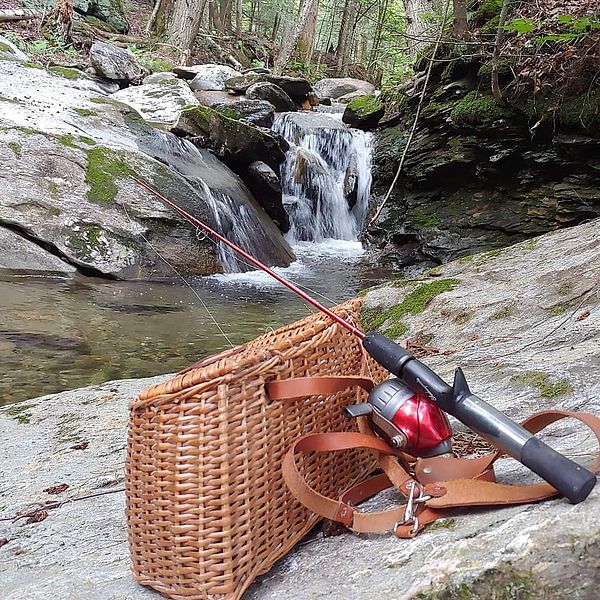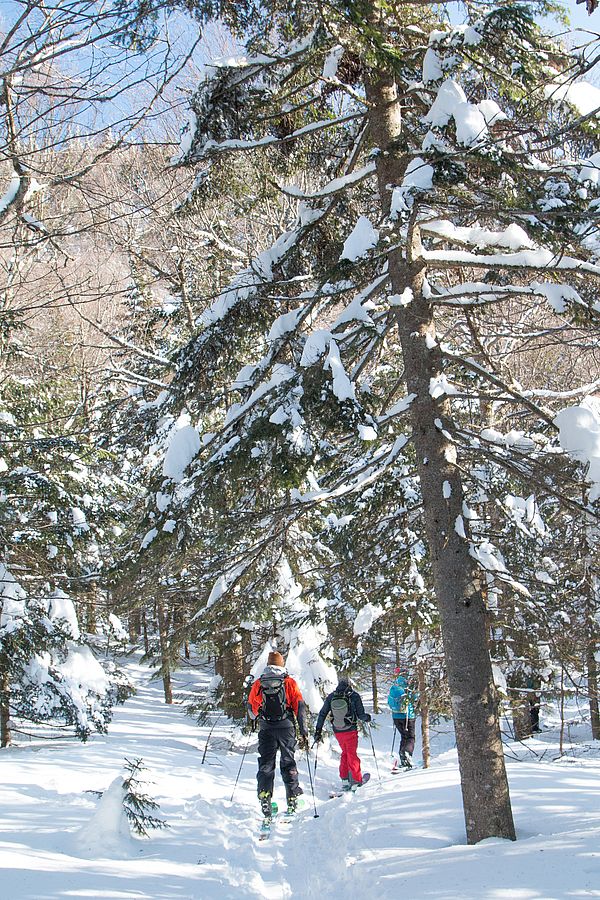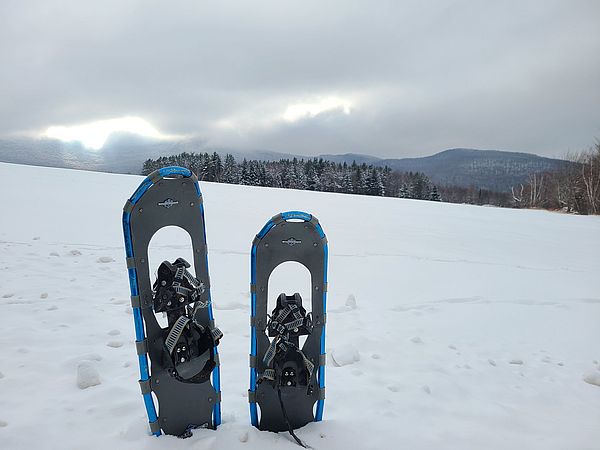Paying more attention to wildlife during the pandemic? Spending more time in your garden? You may have something in common with the 3,200+ people across Vermont who took a University of Vermont survey about how the pandemic is shaping their experience of nature. In fact, you might even have been one of them! Cold Hollow to Canada shared the survey on its social media networks, to help the researchers gather responses from rural communities.
According to the study, which was recently published in the journal PLOS One, Vermonters generally reported increasing their engagement with nature during the pandemic. Outdoor activities seeing the largest increases were: watching wildlife (up 64%), gardening (57%), taking photos or doing other art in nature (54%), relaxing alone outside (58%), and, yes, making their masked and distanced way on walks (70%). People also experienced a shift in why they value nature. During the pandemic respondents said that, in nature, they cherished a greater sense of mental health and wellbeing (59%), exercise (29%), appreciating nature’s beauty (29%), sense of identity (23%) and spirituality (22%), along with other less common values.
However, not everyone experienced more nature equally. Differences in outdoor activities were tied to factors including gender, whether people lived in urban or rural areas, and income and employment. For instance, women increased their nature use in more ways than men. Across the six most common nature activities in the study, women were 1.7 (gardening) to 2.9 (walking) times more likely to report increasing outdoor activity than men. Additionally, people living in rural areas were 1.3 times more likely to reported increased gardening, while people living in urban areas were 1.3 times likelier to report increased walking. Finally, those who lost their jobs during the pandemic also had higher odds of reporting increased gardening, relaxing socially, walking, and wildlife watching. “This suggests that COVID-19 is overturning the idea that nature and its benefits—from stress reduction to social connection— are becoming ‘luxury goods,’ ” says Diana Hackenburg, a PhD candidate at the Rubenstein School who contributed to the research.
The research team was led by Dr. Rachelle Gould, an assistant professor in UVM’s Rubenstein School of Environment and Natural Resources and faculty fellow in the Gund Institute for Environment. In addition to Hackenburg, the team included PhD candidates Tatiana Gladkikh and Joshua Morse. Morse, the lead author on the study, has worked with Cold Hollow to Canada on other ongoing projects. The team hopes for wider applications for their findings about which populations are using nature more or less during the pandemic. “Our work catalogues a part of this pandemic that might otherwise be under-discussed or hard to provide evidence for,” says Gould. Tatiana Gladkikh, another Rubenstein School PhD candidate on the study, adds: “it is a timely snapshot of the central role nature plays in our well-being during challenging, uncertain times like this pandemic—we hope the results help inform future land management decisions.”
This article has been updated from the University of Vermont press release, ‘In Pandemic, People are Turning to Nature—Especially Women. More information can be found in the accompanying press release here.


